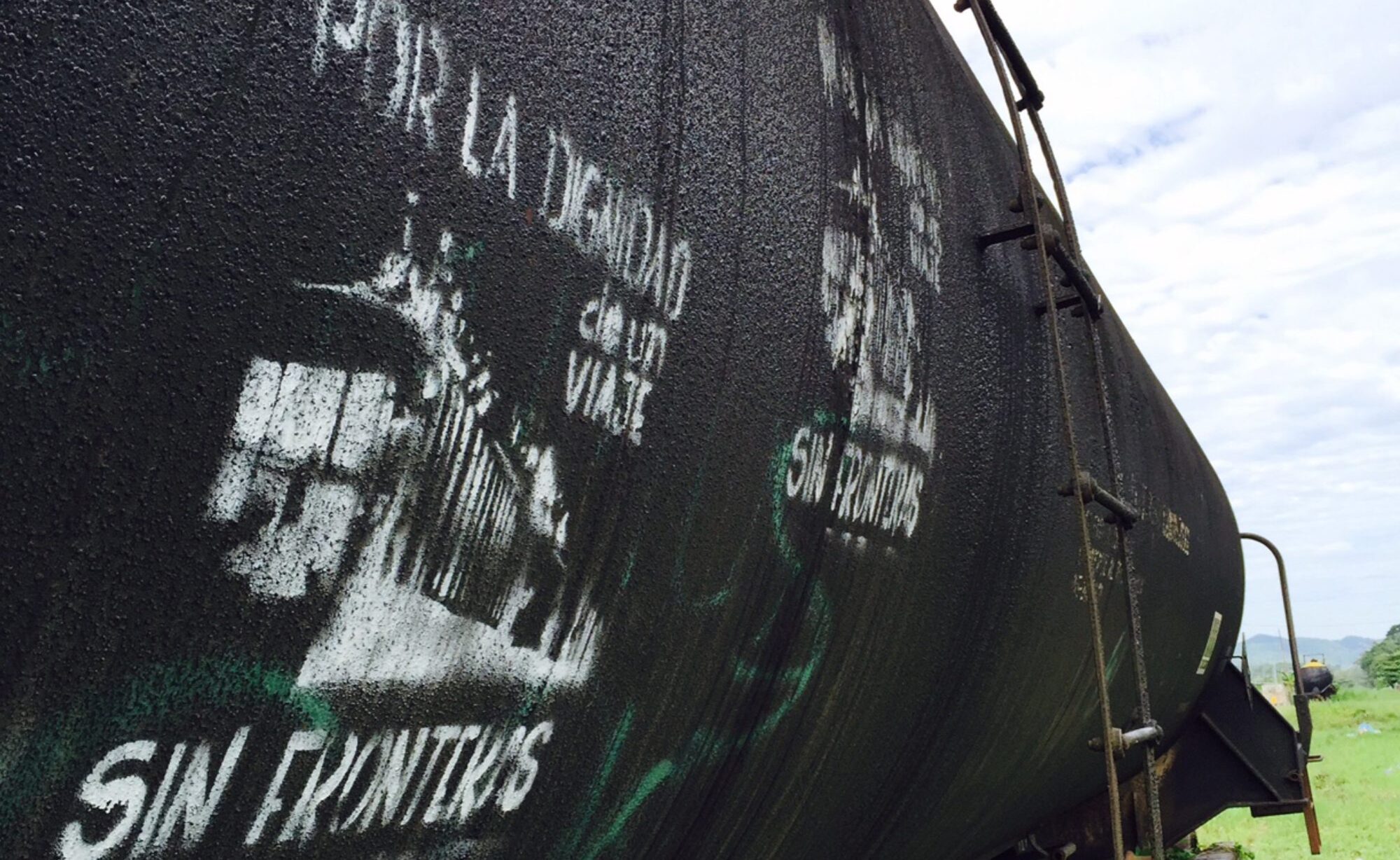I co-authored this piece with Nick Buxton.
On January 19, then Department of Homeland Security Secretary nominee Alejandro Mayorkas was asked what he would do about the migrant caravan of mostly Hondurans headed for the US southern border. He responded that the United States would respect the law on asylum. According to Mayorkas, if people were found to qualify “under the law to remain in the United States, then we will apply the law accordingly. If they do not qualify to remain in the United States, then they won’t.”
The day before, nearly 8,000 people had crossed the border from Honduras into Guatemala. Some were heading to Mexico, but most wanted to seek safety in the US. Many of the people in the caravan reported that they were headed north in the devastating aftermath of two successive category four hurricanes that hit Honduras and Nicaragua in November 2020. Upon arrival to Guatemala, the caravan was almost immediately broken up by US-trained military and police that forced them, sometimes violently, from the highway.
Since 9/11 the US has made a concerted effort to extend its borders abroad by training police and military and transferring resources to other countries. For the last ten years, there has been a special emphasis on Central America, seeking to stop refugees from even getting close to the US border. If, however, the refugees manage to pass these militarized road blocks and reach the US border, only a fraction of them will be likely to receive protection.
The number of successful asylum cases in the US, even before Trump, was notoriously low. Nor is there as yet any climate-related status for those displaced by environmental devastation. As Mayorkas would imply soon after being ratified by the Senate, the people in the caravan were not going to qualify. Not qualifying meant they would be blocked at the US border.
Read the rest here..
